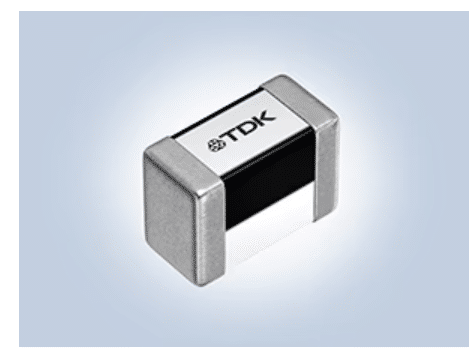These inductors are designed for high-frequency circuits and offer superior performance, reliability, and a wide operating temperature range.

TDK Corporation has unveiled its latest innovation in the automotive industry, the MHQ1005075HA series of inductors. These inductors are designed for high-frequency circuits in automotive applications and are crafted using TDK’s proprietary design expertise. The series boasts a compact 1005 size (1.0 × 0.5 × 0.7 mm – L x W x H) and offers a wide range of inductance values, from 1.0 nH to 56 nH. This series employs a multilayer method that allows for a lineup with fine increments of inductance, catering to a broad range of applications. Additionally, these inductors offer a wide operating temperature range of -55 to +125 ℃, ensuring robust performance under varying environmental conditions.
Inductors for automotive high-frequency circuits must meet stringent safety and reliability standards, as dictated by the AEC-Q200 criteria. The inductor’s internal structure is meticulously designed to reduce the likelihood of open failures, which can occur due to cracks at the component’s mount points. This design, combined with adherence to automotive circuit board manufacturing guidelines, significantly enhances the reliability of the inductor in automotive environments.
The key features include:
- Due to TDK’s original internal structure design, high-frequency properties are equal or superior to conventional products.
- Prevents breaking problems: The inductors’ structure is designed to reduce the likelihood of open failures caused by circuit board bending stress.
- High reliability: Enhanced reliability in automotive environments, ensuring consistent performance.
- AEC-Q200 compliance: Meets the stringent standards for automotive-grade components, ensuring safety and quality.
The main applications for these inductors include high-frequency circuits for automotive equipment, such as transmitter-receiver circuitry for communications within and outside the car (e.g., telematics and V2X). Additionally, they are used in high-frequency transmitter-receiver circuitry for radio communications in smartphones, tablets, base stations, and other devices, serving as components for impedance matching or filter circuits.






